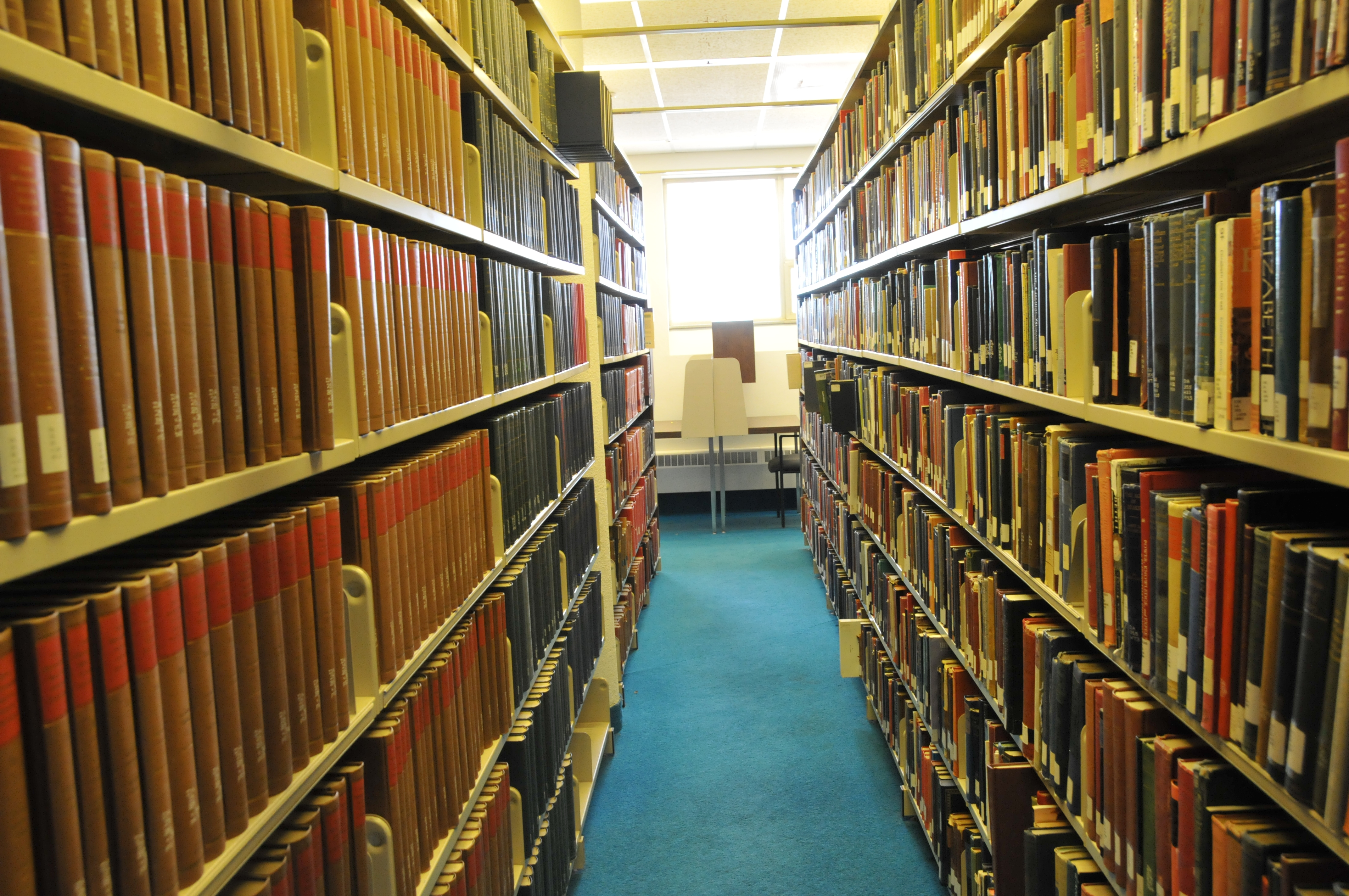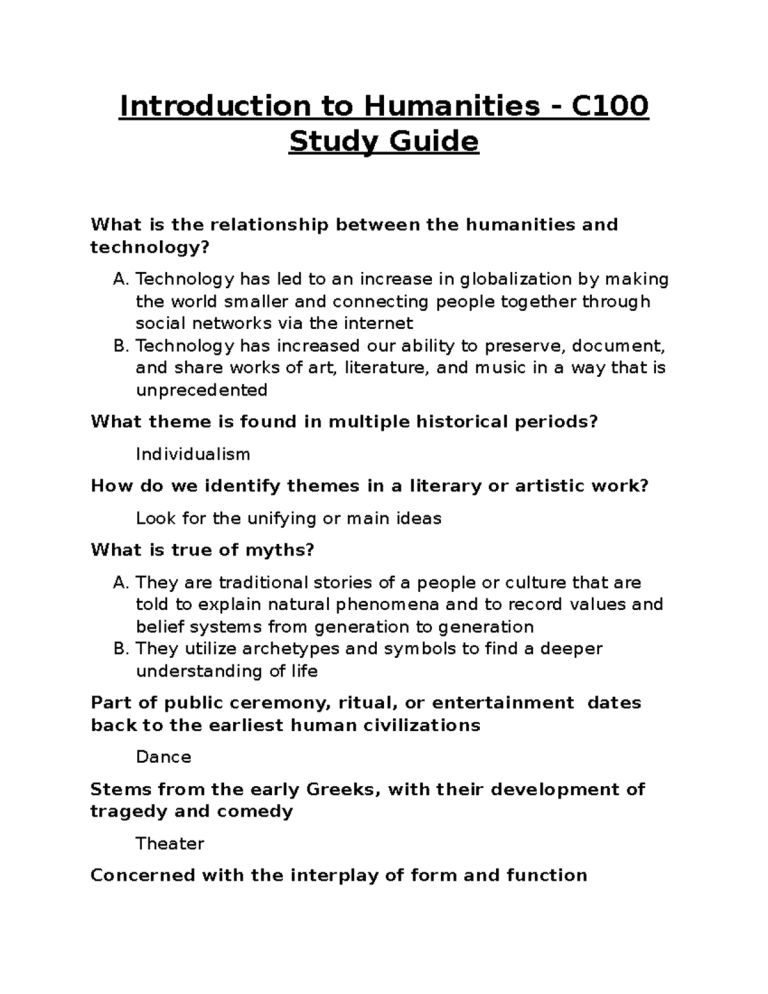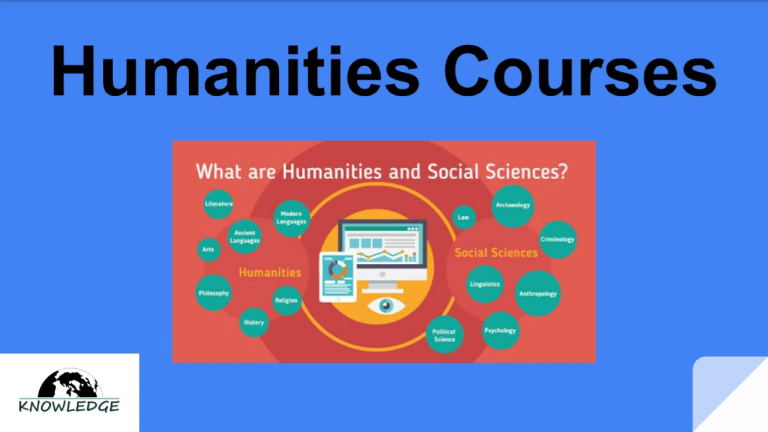The Harvard Archives play a crucial role in preserving the rich tapestry of Harvard University history, capturing both the institutional legacy and broader cultural narratives of America. Among the treasures preserved within these archives are notable artifacts, such as a handwritten letter from John F. Kennedy to his Harvard classmates and a significant correspondence from W.E.B. Du Bois discussing race relations at a pivotal time in history. The recently launched exhibit “Archives Inside Out” showcases these gems alongside pieces documenting notable events, including the COVID-19 Harvard response, revealing how the past informs our understanding of contemporary challenges. This exhibition invites the public to explore the fascinating stories behind these documents while demystifying the work of archivists who curate such important collections. By highlighting these unique items, the Harvard Archives exemplify how archival records shape our collective memory and identity.
The storied collections at Harvard’s archival repository serve as a window into the prestigious institution’s legacy and its impact on American history. This vitally important resource is home to extraordinary documents, including intimate letters and significant historical correspondence that illuminate various societal issues, from race to political leadership. With illuminating exhibitions like “Archives Inside Out,” the Harvard Archives provide insights into the meticulous work of archivists and the significance of their finds. Additionally, the inclusion of artifacts related to events like the COVID-19 pandemic allows observers to connect historical narratives with current realities, illustrating the continuity of the human experience. By engaging with the archives, visitors gain a richer appreciation of how past events shape contemporary society.
Exploring the Harvard Archives: A Journey Through History
The Harvard Archives serves as a vital repository of the rich tapestry that is Harvard University’s history. Within its confines lie the stories and artifacts that illuminate not only the university’s evolution but also America’s cultural and social progress. For instance, a handwritten letter from John F. Kennedy to his Harvard College classmates offers an intimate glimpse into the young senator’s life and thoughts. Such personal artifacts underscore the powerful narratives that the archives safeguard and present to the public. Through programs like “Archives Inside Out,” visitors can connect with these historical moments and understand the impact of Harvard University in shaping American history.
Moreover, the archives aim to demystify the processes behind archival work while making historical treasures accessible to a broader audience. Staff-selected pieces, such as the poignant correspondence from W.E.B. Du Bois discussing race relations, reveal the depth of scholarly engagement at Harvard throughout its tenure. Each item showcased tells a unique story—one that resonates with contemporary issues and reflects the enduring influence of prominent Harvard figures across various disciplines. As researchers delve into these records, they not only encounter history but also the narratives of resilience, innovation, and the unwavering quest for knowledge.
The Significance of the ‘Archives Inside Out’ Exhibit
The ‘Archives Inside Out’ exhibit epitomizes the commitment of Harvard University to transparency and public engagement with history. By showcasing remarkable artifacts, the exhibit provides insights into the archival process while revealing the personal stories connected to each piece. Curators gathered input from staff members about their favorite finds, ensuring the collection represents diverse perspectives and institutional history. From the significant correspondence of notable historical figures to everyday items that reflect the student experience, this exhibit highlights the multifaceted nature of Harvard’s legacy.
By inviting the university community to participate, the exhibit fosters a deeper understanding of how archives function and their role in preserving history. For example, viewers may cross paths with the digital archiving initiative that captured the cover of The Harvard Crimson during the onset of the COVID-19 pandemic—an evocative reminder of a pivotal moment in history. Such efforts not only preserve the past but also provide invaluable context for understanding ongoing societal challenges and changes. This approach reinforces the importance of archives not just as storage spaces but as dynamic entities that narrate the unfolding story of Harvard and America at large.
Letters as Windows into Harvard’s Past
Correspondence held within the Harvard Archives, such as John F. Kennedy’s letter to his classmates, serves as an intimate window into the past, revealing personal reflections and societal attitudes during significant historical moments. These letters are not mere historical documents; they embody the sentiments and thoughts of individuals at specific times, enriching our understanding of their experiences. Such artifacts illustrate the relationship between the university and its alumni, fostering a deeper connection to the values and challenges faced during their tenure.
Similarly, the letters exchanged between W.E.B. Du Bois and his mentor provide critical insights into race relations in early 20th-century America. They highlight the intellectual discourse that shaped social policies and community dynamics, underscoring how archival collections like these inform contemporary discussions on race and equality. By studying these narratives, researchers are afforded a unique perspective into the lived realities of both prominent figures and ordinary students, demonstrating that the power of letters extends far beyond their written words.
Rediscovering Women in Harvard’s Scientific Community
The archives also shine a light on the often-overlooked contributions of women in the scientific disciplines at Harvard, as illustrated by the photograph of women computers from the Harvard College Observatory. This remarkable image captures a pivotal moment when women were integral to the field of astronomy, cataloging celestial bodies and conducting significant research. Their roles in these groundbreaking studies challenge conventional narratives that historically prioritize male contributions, thereby highlighting the importance of inclusive representation in historical documentation.
Such artifacts not only celebrate the achievements of women in science but also connect to ongoing discussions about diversity and gender in academia. By recognizing the historical context of women’s labor in scientific fields, we can appreciate the invisible forces that have shaped both the university’s legacy and society at large. The work of female astronomers in the early 1900s provides an essential blueprint for the future, emphasizing that the archives serve not only as historical records but as catalysts for dialogue about equity and representation in all academic arenas.
COVID-19 and Harvard’s Institutional Response
The COVID-19 pandemic marked a significant turning point in history, and the Harvard Archives captures this moment through various materials, including digital records of The Harvard Crimson. This documentation illustrates the immediate impact of the pandemic on campus life and administrative decisions, providing historians a clear view of how institutions respond to crises. As highlighted in the archives, innovative web archiving methods have allowed for the preservation of this major event, ensuring that future generations can study its ramifications on education, health, and society.
From initial campus closures to the adaptation of online learning, the archives reveal Harvard’s proactive measures in addressing the challenges posed by COVID-19. Such records serve as a crucial analysis tool for understanding institutional responses to global issues. As researchers sift through these materials, they gain insights into the adaptability of educational frameworks during emergencies, ultimately reflecting on what these experiences mean for the future of academia in dealing with unforeseen events.
The Legacy of Historical Figures in Harvard’s Archives
Many prominent figures in American history are intertwined with Harvard’s narrative, and their contributions are meticulously documented within the university’s archives. The correspondence from historical luminaries like W.E.B. Du Bois and John F. Kennedy emphasizes the profound intellectual and social legacies that these individuals left behind. As scholars explore these letters, they uncover the inspirations and debates that shaped their thinking and, by extension, the nation’s trajectory toward civil rights and progress.
The archival materials associated with these historical figures not only enhance understanding of their personal lives but also reflect broader societal issues at play during their time. By examining these documents, researchers can draw connections between past and present, revealing how the ideals and challenges faced by our predecessors continue to resonate today. Archives serve as essential resources for navigating the complex interplay between personal experiences and historical movements, thereby fostering a deeper appreciation of the past’s influence on contemporary society.
Curatorial Insights: The Art of Archiving
The process of curating exhibitions, such as ‘Archives Inside Out,’ involves careful consideration and expertise in archival practices. Curators must assess the historical significance of items, ensuring they present a cohesive narrative that resonates with modern audiences. This skill is crucial in selecting artifacts that not only showcase individual stories but also emphasize the collective history of Harvard as an institution. The collaborative effort among archivists to highlight their favorite finds enables a well-rounded view of the archives, encouraging diverse voices to be heard.
This curatorial approach showcases the dedication of Harvard archivists to preserve and interpret history through a contemporary lens. By inviting participation from staff, the exhibit reflects a commitment to engaging the broader community while demystifying archival work. Such initiatives promote transparency in historical preservation, allowing visitors to appreciate the meticulous methods employed in curating a narrative that aligns with current societal values and interests.
Digitization: Expanding Access to Harvard’s Rich History
The digitization of archival materials is a crucial step in expanding access to Harvard’s vast collections, providing a gateway for researchers and the public alike to interact with history. As more items become available online, individuals who may not be able to visit the physical archives can still engage with these materials from anywhere in the world. This transition towards digital accessibility not only democratizes information but also enhances academic research by providing unprecedented reach to diverse audiences.
Moreover, projects highlighting previously inaccessible collections enrich our understanding of marginalized voices and underrepresented communities. The archives’ focus on digitization aligns with broader themes of equity and representation, as it ensures that diverse histories are preserved and shared with future generations. This ongoing commitment to inclusivity in archival practices is vital for accurately reflecting the multifaceted narratives that shape Harvard’s legacy and the broader American experience.
Student Contributions: The Heart of Harvard’s Archives
Student contributions play an essential role in defining the collections held within the Harvard Archives. Artifacts like those from the Harvard Lampoon not only represent the traditions of student life but also highlight the creativity and intellectual engagement of students across generations. Collectively, these items provide a microcosm of the university experience, illustrating how students have historically influenced and shaped Harvard’s cultural landscape.
Moreover, the inclusion of student-produced materials affirms the significance of youth voices in documenting university history. Allowing students to curate portions of the archives fosters a sense of ownership and connection to Harvard’s legacy. This engagement is crucial in recognizing that the past is not solely fixed but is continually being rewritten by contemporary voices, reflecting the dynamic nature of institutional memory.
Frequently Asked Questions
What is the significance of the John F. Kennedy letter in the Harvard Archives?
The John F. Kennedy letter, written to his Harvard College classmates, is significant as it provides an insider’s glimpse into the life of a prominent historical figure. Part of the ‘Archives Inside Out’ exhibit, this handwritten note showcases the personal connections formed during Kennedy’s time at Harvard, highlighting both his character and the intimate environment of the university during that era.
How does W.E.B. Du Bois’s correspondence in the Harvard Archives contribute to our understanding of race relations?
W.E.B. Du Bois’s letter to his mentor, Albert Bushnell Hart, provides vital insights into early discussions of race relations in America. Found in the Harvard Archives, this correspondence reflects Du Bois’s intellectual rigor and the diverse opinions surrounding race, making it an essential resource for understanding historical and contemporary racial issues in the United States.
What are some highlights from the ‘Archives Inside Out’ exhibit at Harvard University?
The ‘Archives Inside Out’ exhibit features remarkable items from the Harvard Archives, including a letter from John F. Kennedy, a 1905 letter from W.E.B. Du Bois, and digital captures of The Harvard Crimson documenting Harvard President Bacow’s COVID-19 diagnosis. These items collectively tell the story of Harvard’s contribution to American history.
How has the COVID-19 pandemic impacted the archival collections at Harvard University?
The COVID-19 pandemic led to the creation of digital archives at Harvard, including online captures of The Harvard Crimson. These items are part of Harvard Archives’ efforts to document the university’s responses and the experiences of its community during this unprecedented time, showcasing real-time historical documentation.
What role do archivists play in preserving Harvard University history?
Archivists at Harvard University are crucial for preserving its rich history, as they select, organize, and maintain items that reflect both the university’s legacy and American culture. Their work involves curating collections like those in the ‘Archives Inside Out’ exhibit, thereby making historical materials accessible to the public.
How can I access the Harvard Archives and its collections?
The Harvard Archives are accessible for research and public inquiries. Interested individuals can visit the exhibit ‘Archives Inside Out’ at Pusey Library or explore the online digital collections, which include various historical documents, photographs, and letters that highlight significant moments in Harvard University history.
What unique artifacts are included in the Harvard Archives beyond traditional documents?
The Harvard Archives feature a diverse array of artifacts beyond traditional documents, such as a perpetual calendar created by former Harvard President Thomas Hill and visual documentation of women astronomers. These items reflect the university’s innovative spirit and underscore the multifaceted nature of archival work.
What is the aim of the ‘Access and Engagement’ initiative within Harvard Archives?
The ‘Access and Engagement’ initiative seeks to demystify the archival process and enhance public understanding of Harvard’s history. By showcasing curated items, such as those displayed in ‘Archives Inside Out,’ the initiative promotes engagement and highlights the important role of archives in preserving history and culture.
How do the Harvard Archives address issues of diversity and representation?
The Harvard Archives prioritize diversity and representation by processing collections related to marginalized communities, ensuring that underrepresented voices are included in the historical narrative. This is part of their commitment to equity and inclusion within the archival documentation and research resources.
What impact do the artifacts in Harvard Archives have on contemporary scholarship?
Artifacts in the Harvard Archives offer valuable primary sources for contemporary scholarship, enriching research across multiple disciplines. They provide firsthand accounts and context that historians, students, and scholars can use to understand the complexities of past events and social movements.
| Item | Description | Archivist |
|---|---|---|
| Letter from John F. Kennedy to members of the Harvard College Class of 1940 | A draft letter providing insight into a complex historical figure. | Pam Hopkins, Head of University Archives Reference Services |
| Photograph of women computers at Harvard Observatory | Illustrates women’s invisible labor in science, relating to modern practices. | Alison Macdonald, Records Manager/Archivist for Operations |
| Letter from W.E.B. Du Bois to Albert Bushnell Hart | Shows diverse opinions on race relations in the early 1900s. | Erin Clauss, Lead Processing Archivist |
| Perpetual calendar by Thomas Hill | An intricate design showcasing a Harvard president’s scientific interests. | Dominic P. Grandinetti, Processing Archivist |
| The Harvard Crimson, March 24, 2020 | A digital snapshot of Harvard’s response to the COVID-19 pandemic. | Sean Crawford, Collection Development and Records Management Coordinator |
| Sketches from the Harvard Lampoon, 1882 | Represents the history of Harvard student groups and publications. | Alexandra Dunn, Collection Development Archivist |
| Letter from Seamus Heaney to Helen Vendler | A personal glimpse into friendships and experiences from a notable poet. | Heidi Horner, Collection Development & Records Management Services Assistant |
| Letter from Ragan Henry to Joseph Levow Steinberg | Personal letters providing insight into 1950s student life and sentiments. | Jehan Sinclair, Processing and Digitization Archivist |
| Bound typescript of ‘We Also Have a Voice’ | Documenting Harvard pacifists’ opposition to WWII, illustrating ideals of memory. | Ed Copenhagen, Reference Archivist |
Summary
Harvard Archives showcases its rich history through the “Archives Inside Out” exhibit, highlighting the dialogue between the university’s past and America’s broader narrative. The selected items not only evoke personal connections and historical insights but also emphasize the essential role of archivists in preserving diverse histories. Each piece in the exhibit, from letters by prominent figures like John F. Kennedy and W.E.B. Du Bois to personal correspondence reflecting on modern challenges, illustrates the intricate fabric of Harvard’s legacy, making the archives an essential resource for understanding societal evolution.




